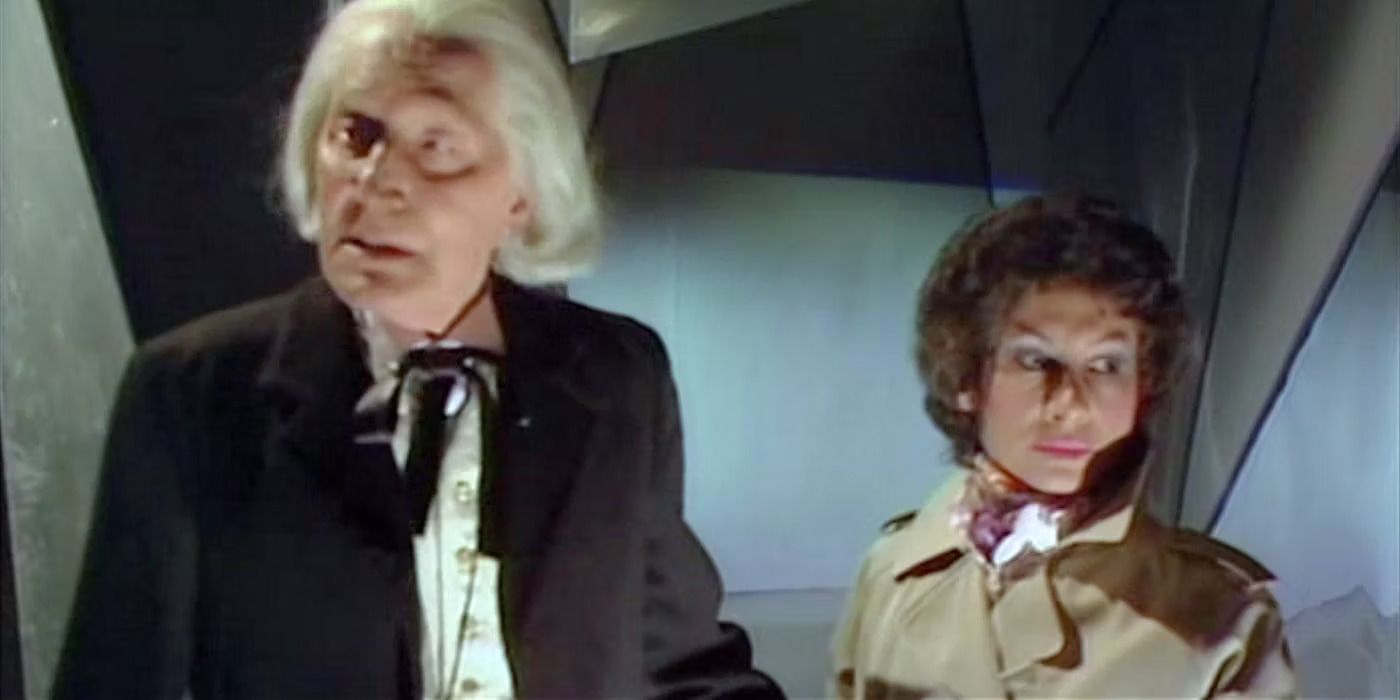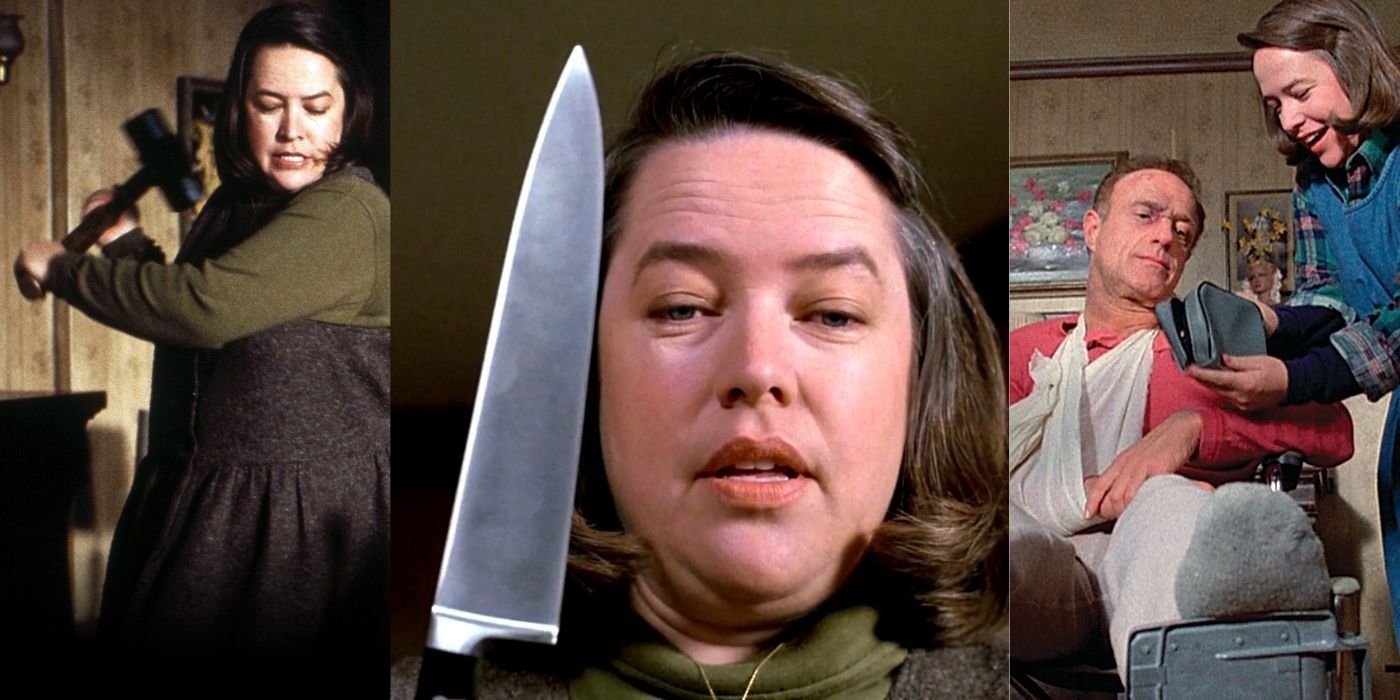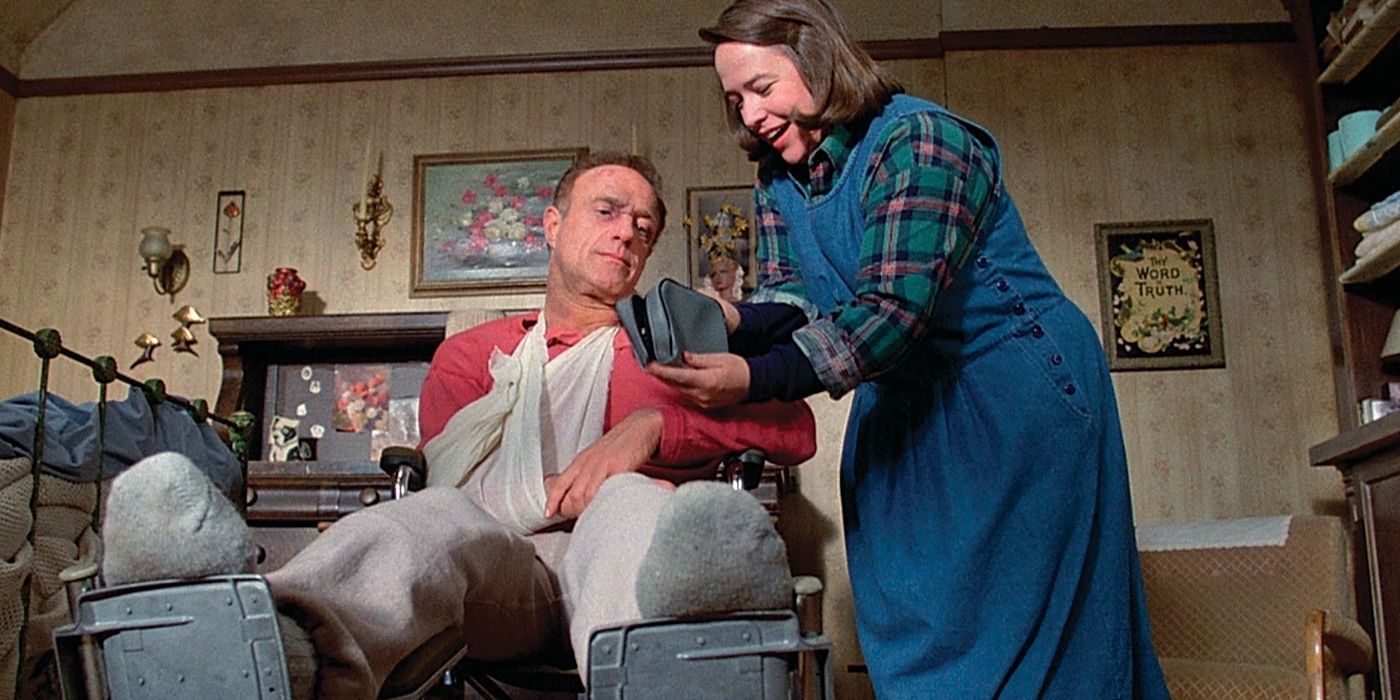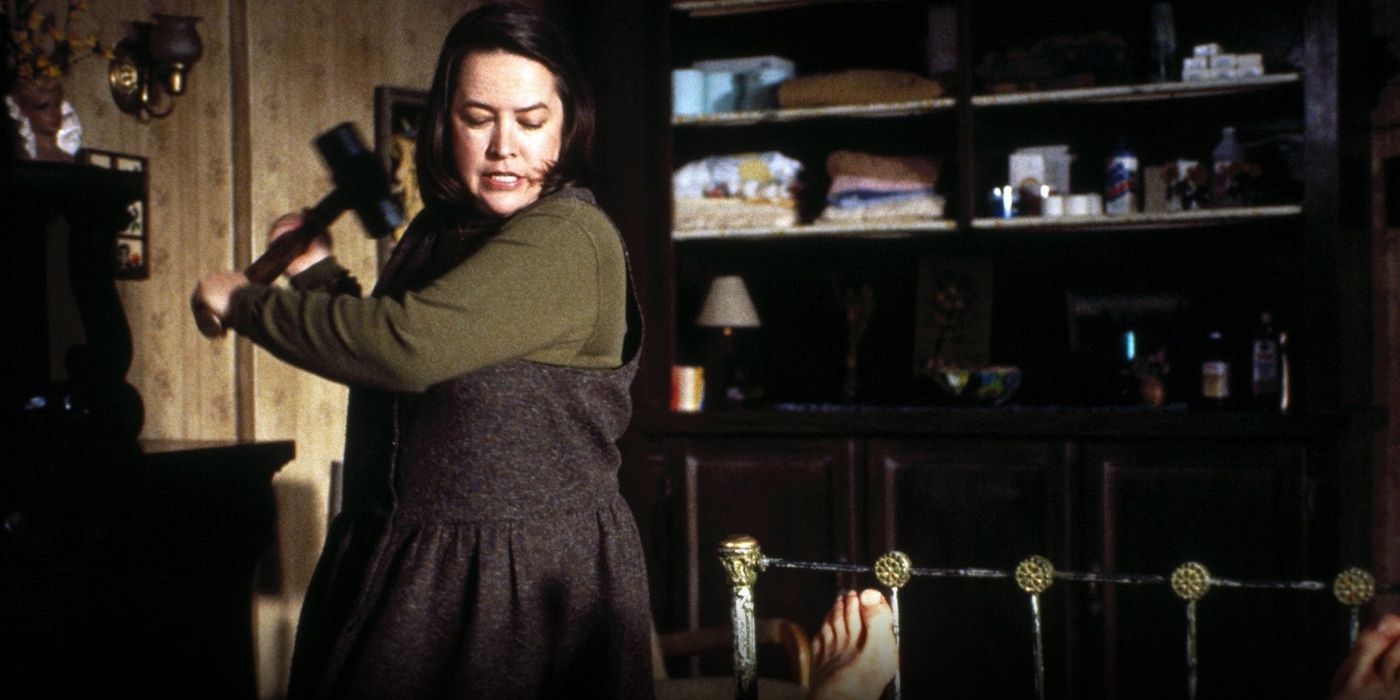In this day and age, many define themselves by the things they're fans of. It's highly typical for sports fans to wear and collect branded items of all kinds. Star Wars fans buy toys well past the years of their life that they actually play with them. It's important to remember that the word fan is actually a shortened version of "fanatic," a person that expresses extreme enthusiasm for any given thing. It's not inherently a bad thing to be a fanatic, though sometimes fans can take things too far, like when Rick and Morty fans lost their collective minds over McDonald's Szechuan Sauce.
Stephen King is no stranger to fans. Across decades and a large collection of written works under his belt, his stories have permeated the public zeitgeist time and again with film adaptations. It's fitting then, that his 1987 novel Misery would deal with the topic of fans as well as his growing celebrity. To say that his book does not see fanaticism in a positive light is an understatement. Those who read Misery could almost feel King's paranoia seeping out from the book's binding, a clear representation of his feelings toward the fanatics signing letters as his "number one fan." It's also interesting that the movie adaptation stands out as not only one of the more grounded King stories, but arguably the best film adaptation of his work ever for many reasons.
The key to this success starts with the cast and crew. Rob Reiner's direction makes this film on par with the quality of masterpieces like The Princess Bride. The casting of James Caan as writer Paul Sheldon is pitch-perfect. Probably the most memorable and talked-about aspect of the movie is Kathie Bates' performance as Annie Wilkes. Though her character is actually crueler and (if one can believe it) even more insane in the book, she brings Wilkes to life in a way that makes her feel creepily, utterly realistic in a way that the book just can't. It's not that she ignores the book by any means, far from it; Bates' strength lies in grounding the character. Bates brings the simplistic joy and childlike nature to the character that's present in the books while also perfecting the way in which Annie's temper and mood can change at the drop of a hat. Plus, hearing her say the word "oogey" never fails to get a laugh, even when she's doing horrible things.
There are also some changes that are made to the source material for the film's script that help to keep the tension high throughout. For example, the book takes place solely from the perspective of writer Paul Sheldon. After finishing his newest book, he sets out on the road and ends up in the middle of a severe snowstorm which causes him to crash. Annie Wilkes finds him unconscious in the wreck and takes him to her home to nurse him back to help. The entire story is told from his point of view as he soon realizes that he is trapped with his self-proclaimed "Number one fan."
The movie includes a character that isn't actually in the books, the local sheriff, Buster. Buster is actually an amalgamation of two different cop characters in the book, a younger deputy as well as an older cop that appears later on. In the movie, Buster is the one who is able to piece together the sparse clues available and eventually figure out Paul Sheldon's whereabouts. The thing the movie does so well is that it constantly puts Buster close to solving the case almost purely through intuition, but despite a few close run-ins with Annie Wilkes, he's not quite able to connect the dots that the audience already knows about.
Buster, unfortunately, meets his untimely end just after finding out that Paul Sheldon is indeed trapped in Annie Wilkes' basement. If there's any consolation to be had it's that his death is far less gruesome than the cop in the book. Whereas Buster takes a shotgun blast from behind, the cop in the book is impaled with a cross taken from the grave of one of Annie's cows and then run over by a lawnmower while trying to escape.
Lastly, the movie makes smart cuts to the source material. In the book, there's a large chunk of the new Misery novel that Paul is forced to write, Misery's Return. The plot of this book is mentioned but not dwelled on in the movie, which is smart. It's not that the inclusion of this is boring or tedious to read, but the omission of these pages helps the pacing greatly while also keeping Annie's fanaticism and outright obsession foreign to the audience. It's because viewers don't know what Annie's reading exactly that makes her enthusiasm for Paul's books that much more alien and insane. The movie also spares the audience by dulling the horror and gore associated with its most famous scene: when Annie hobbles Paul.
In the movie, Annie takes a sledgehammer and a block of wood and re-breaks Paul's legs when he's caught sneaking around her house while she goes out to town. It's an excruciating scene to watch, but in a way, this version of Paul Sheldon actually gets off lucky. In the book, Annie takes an axe, not a sledgehammer, and amputates one of Paul's legs, proceeding to cauterize the wound while he is still awake. She later takes one of his thumbs as well. This would understandably horrify audiences, so the adjustment to a sledgehammer instead is not only appreciated, but actually tame by comparison. These are the types of changes that keep the spirit and tone of the original book while making the movie a masterpiece in its own right.
Misery is currently streaming on Hulu.






